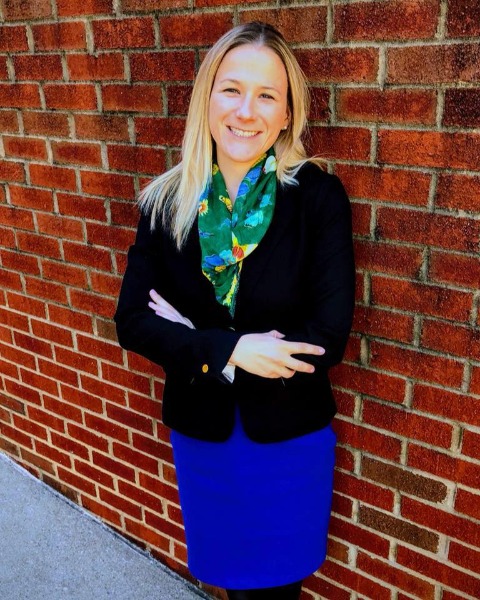Hypertension
Hypertension 1
6 - Association of unmet social needs with obesity, dyslipidemia, and hyperglycemia: a SUPERHERO interim analysis
Publication Number: 6.321

Margaret Murphy, PhD, RD
Assistant Professor/Pediatric Renal Dietitian
University of Kentucky College of Medicine
University of Kentucky Healthcare
Lexington, Kentucky, United States
Presenting Author(s)
Background: Social determinants of health are associated with hypertension and cardiovascular disease risk particularly in adults; however, these effects have not been confirmed in children.
Objective:
Determine if youth referred for hypertension disorders who have unmet social needs (USN) have a higher risk of obesity, dyslipidemia, and hyperglycemia.
Design/Methods: Analysis of baseline data from the Study of the Epidemiology of Pediatric Hypertension (SUPERHERO) Registry, a multisite retrospective cohort of youth referred to subspecialty care for hypertension disorders using electronic health record data. Inclusion criteria were an initial subspecialty clinic visit for hypertension disorders identified by ICD-10 codes from 1/1/2015–12/31/2021 and age < 19 years. Exclusion criteria were kidney failure on dialysis, kidney transplantation, or pregnancy by ICD-10 codes. USN exposures included problems related to housing/economic circumstances, social environment, upbringing, and other psychosocial factors identified by ICD-codes. Unadjusted generalized linear models estimated the association of USN with outcomes of obesity, dyslipidemia, and hyperglycemia.
Results: Of the 12,148 participants, the mean age was 11.6 ±5.2 ,40% were female, 61% were White or Caucasian, 23% were Black or African American, 13% were Hispanic or Latino, and 48% had obesity. USN were reported in 16 participants (less than 1%). In regression analysis, participants with USN had significantly higher risk of obesity (RR 6.27, CL 1.75 to 39.9) and dyslipidemia (RR 14.4, CL 4.06 to 41.2), but not hyperglycemia, compared to those without USN.
Conclusion(s): In a large multisite cohort of youth referred for hypertension disorders, patients with USN were more likely to have a higher risk of obesity and dyslipidemia. It is likely that USN are underreported by ICD-10 codes and this is an opportunity for clinicians to screen for USN as part of the management of hypertension disorders.
